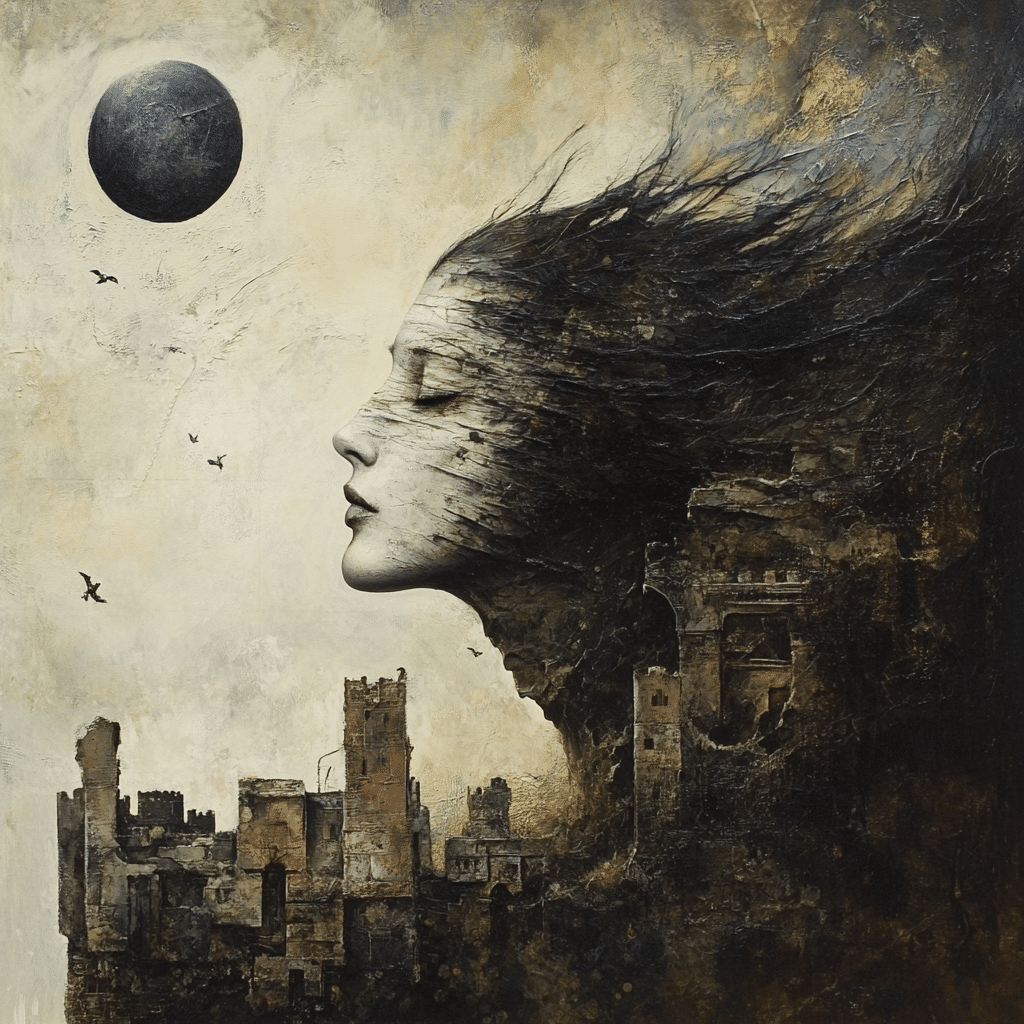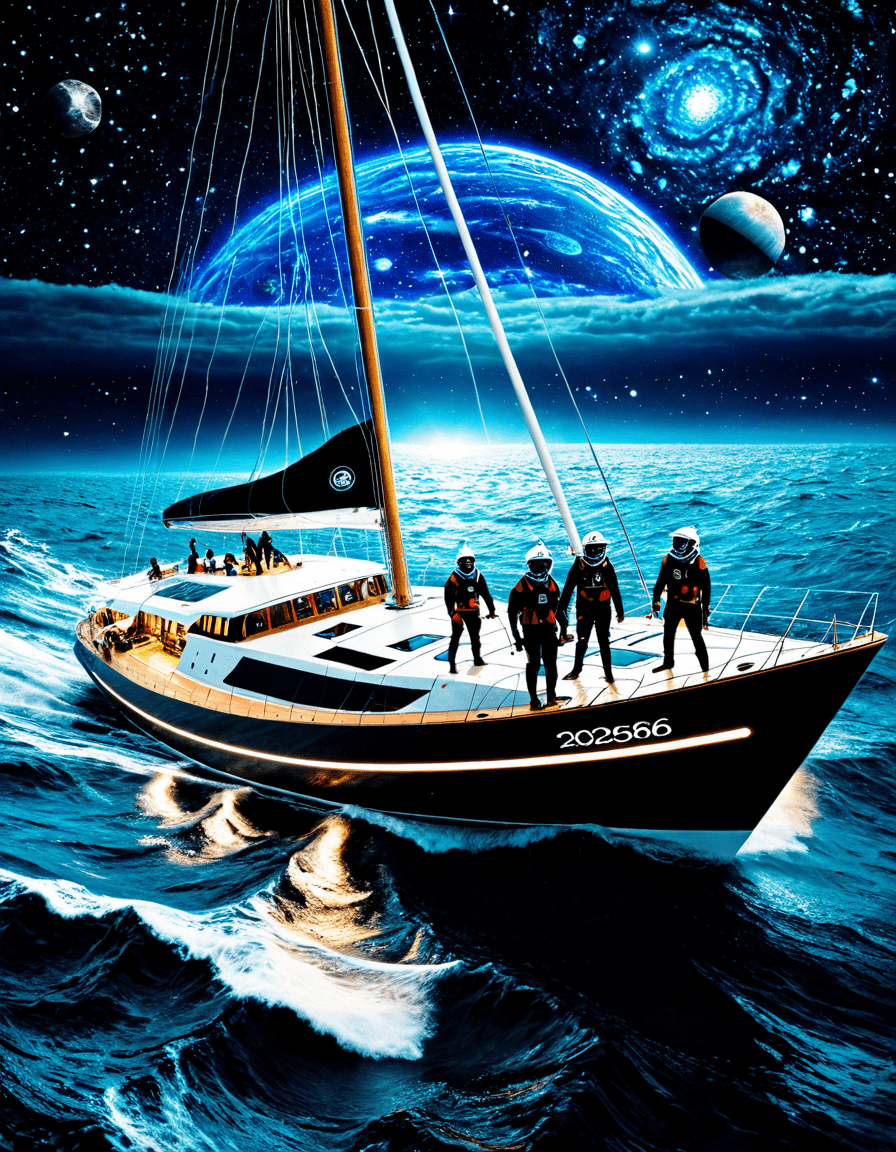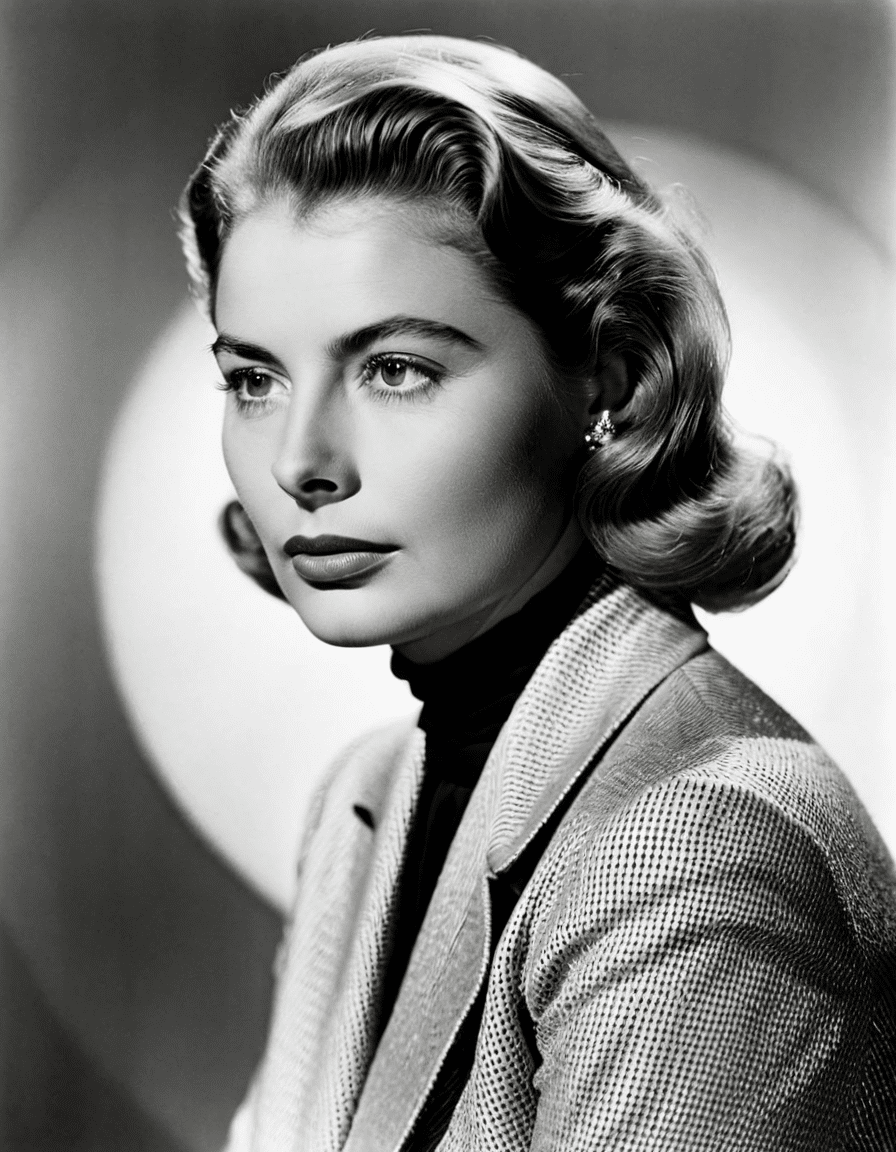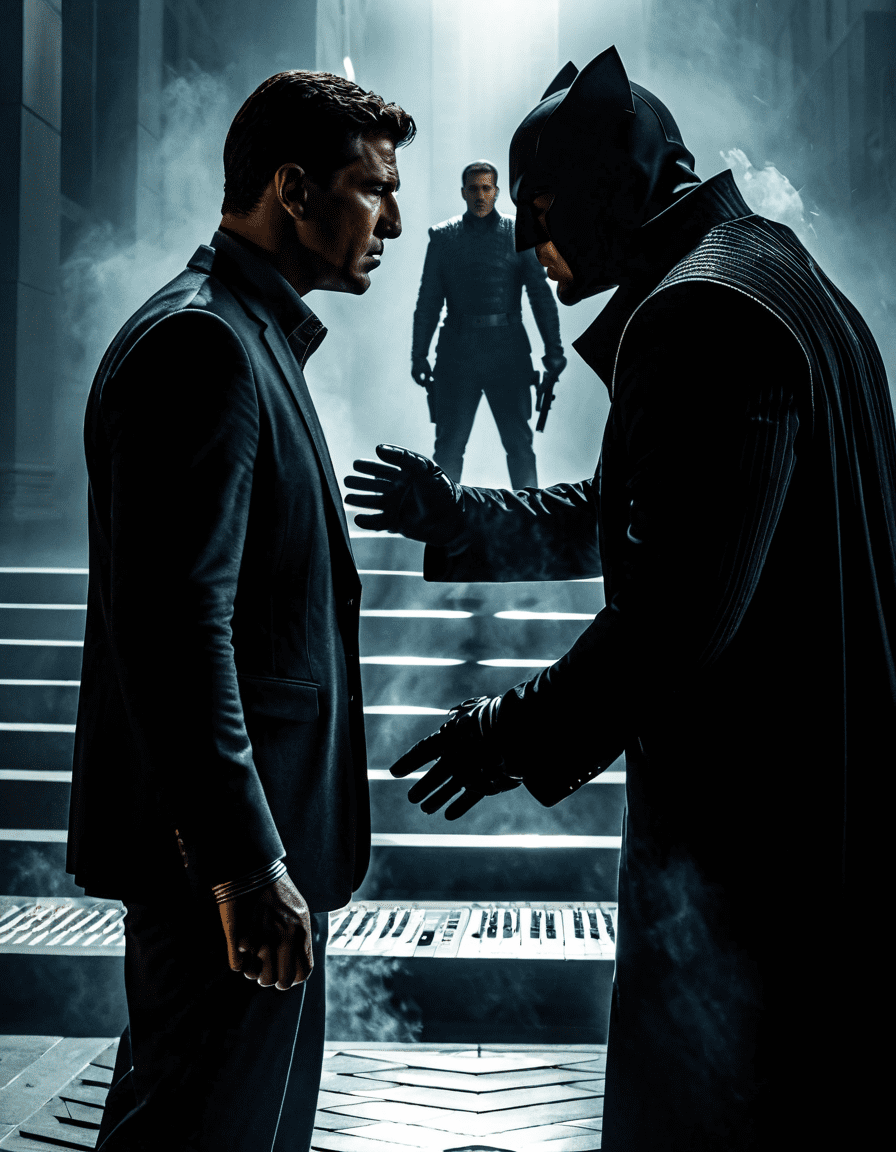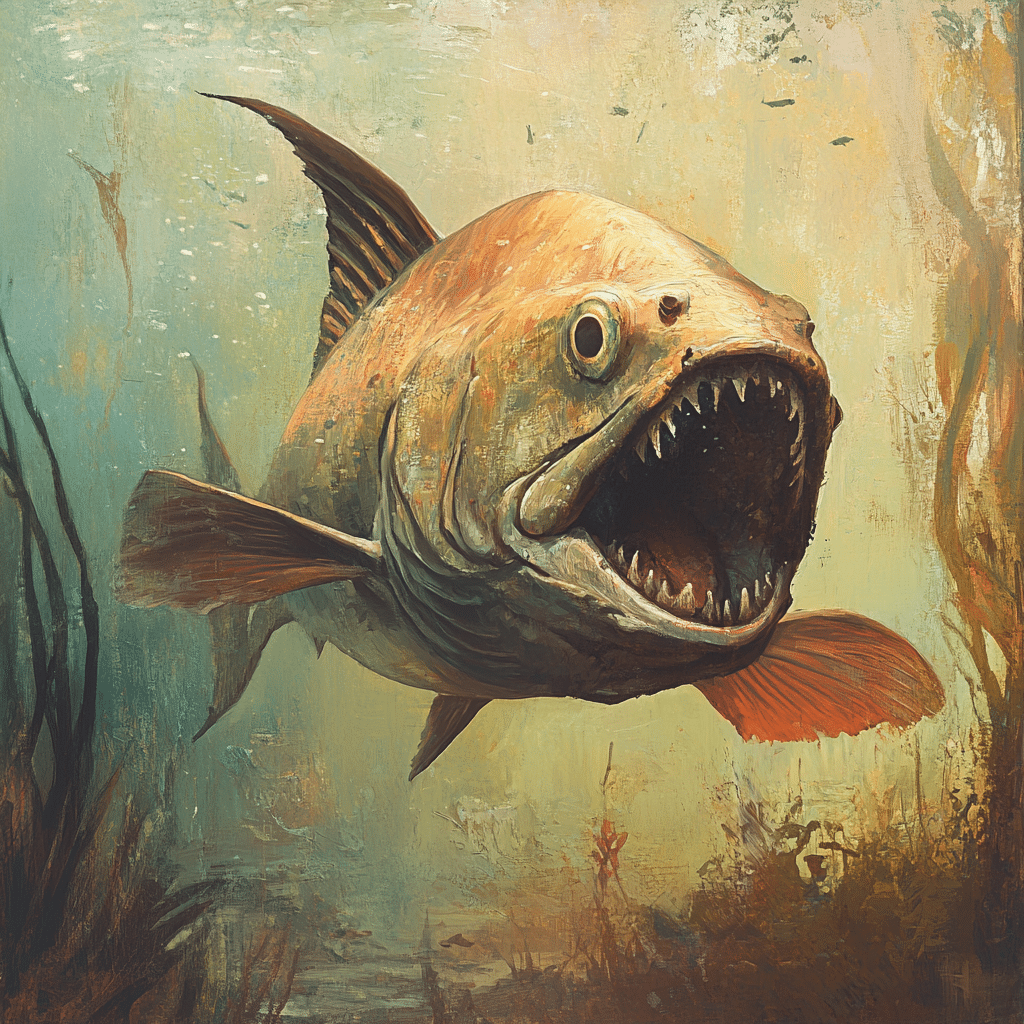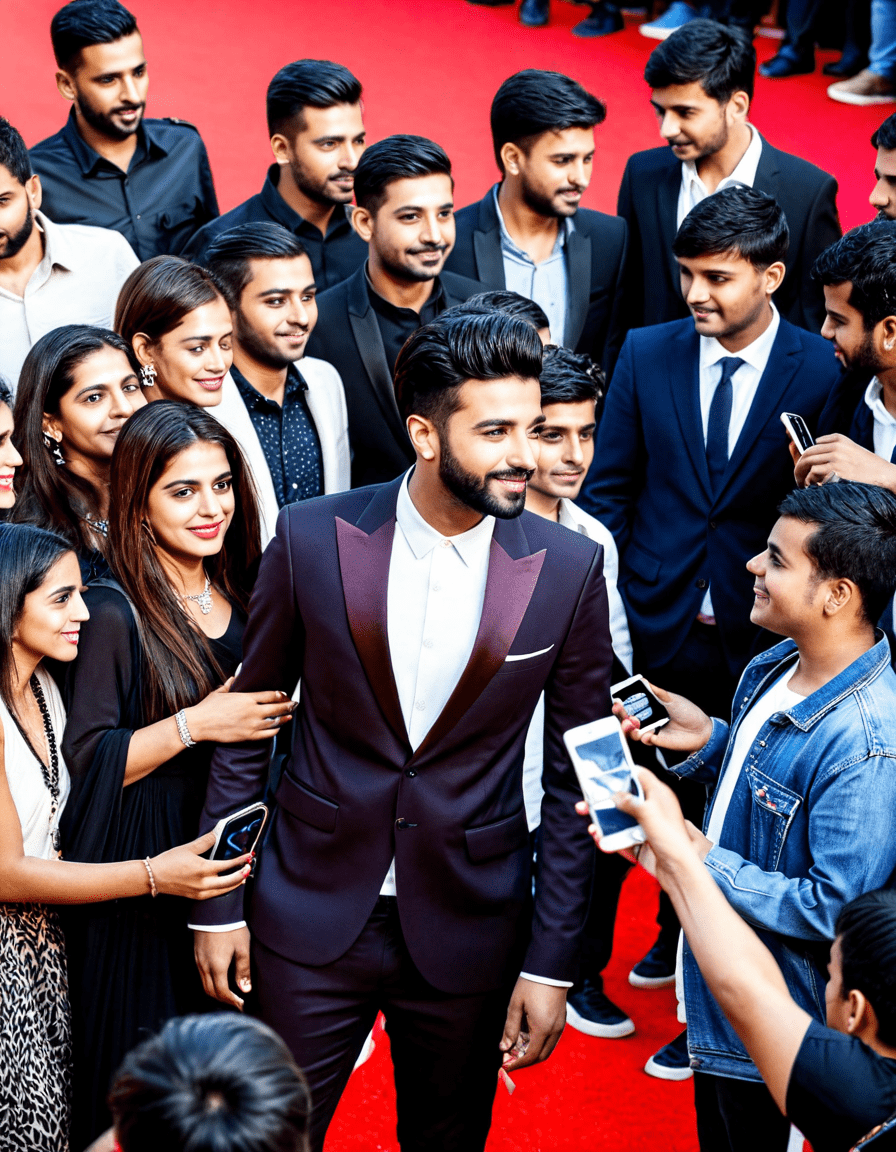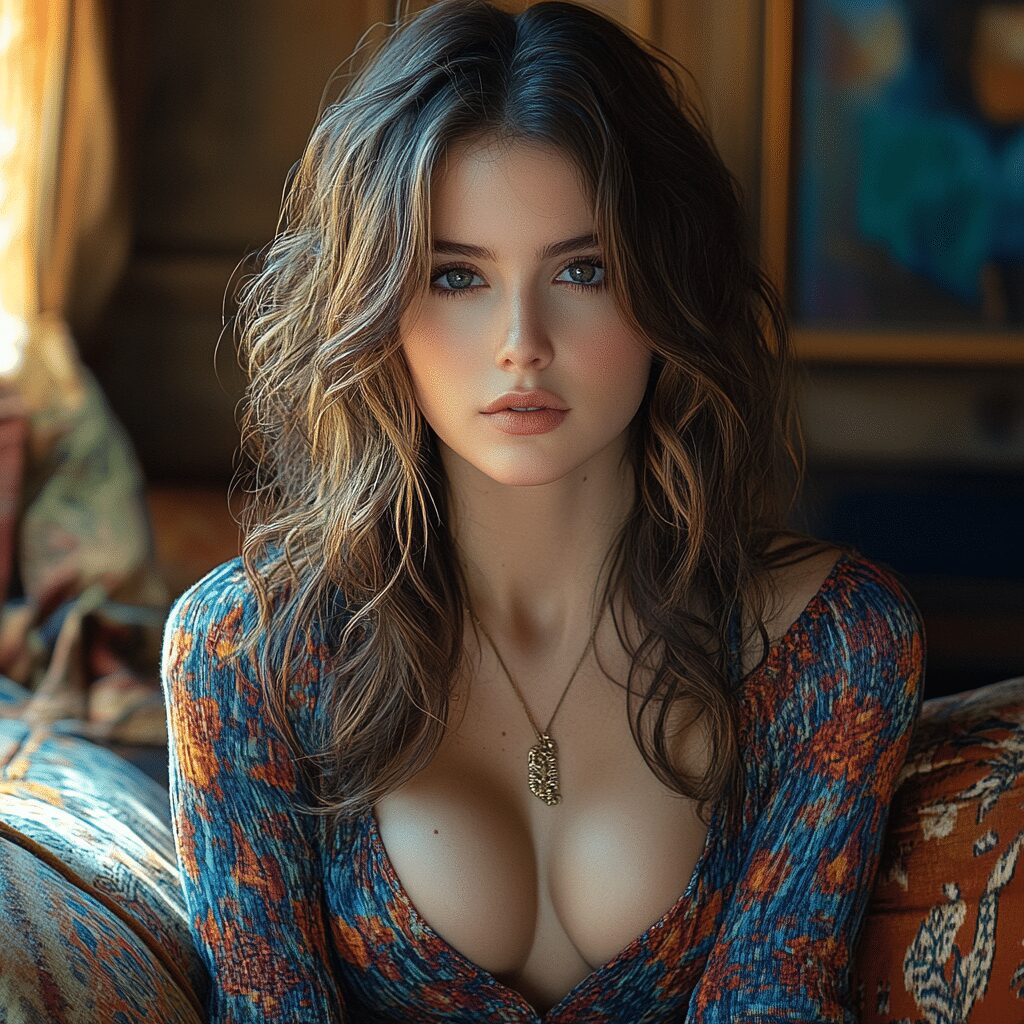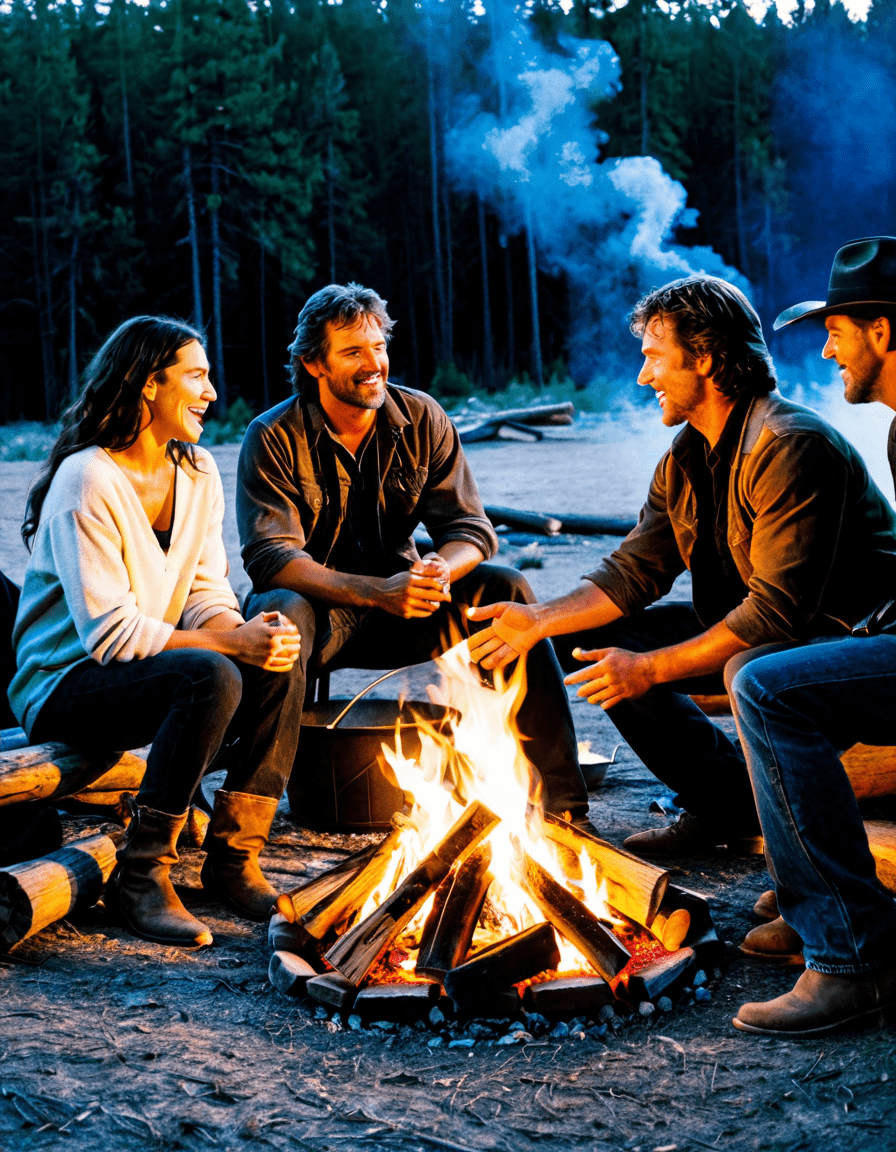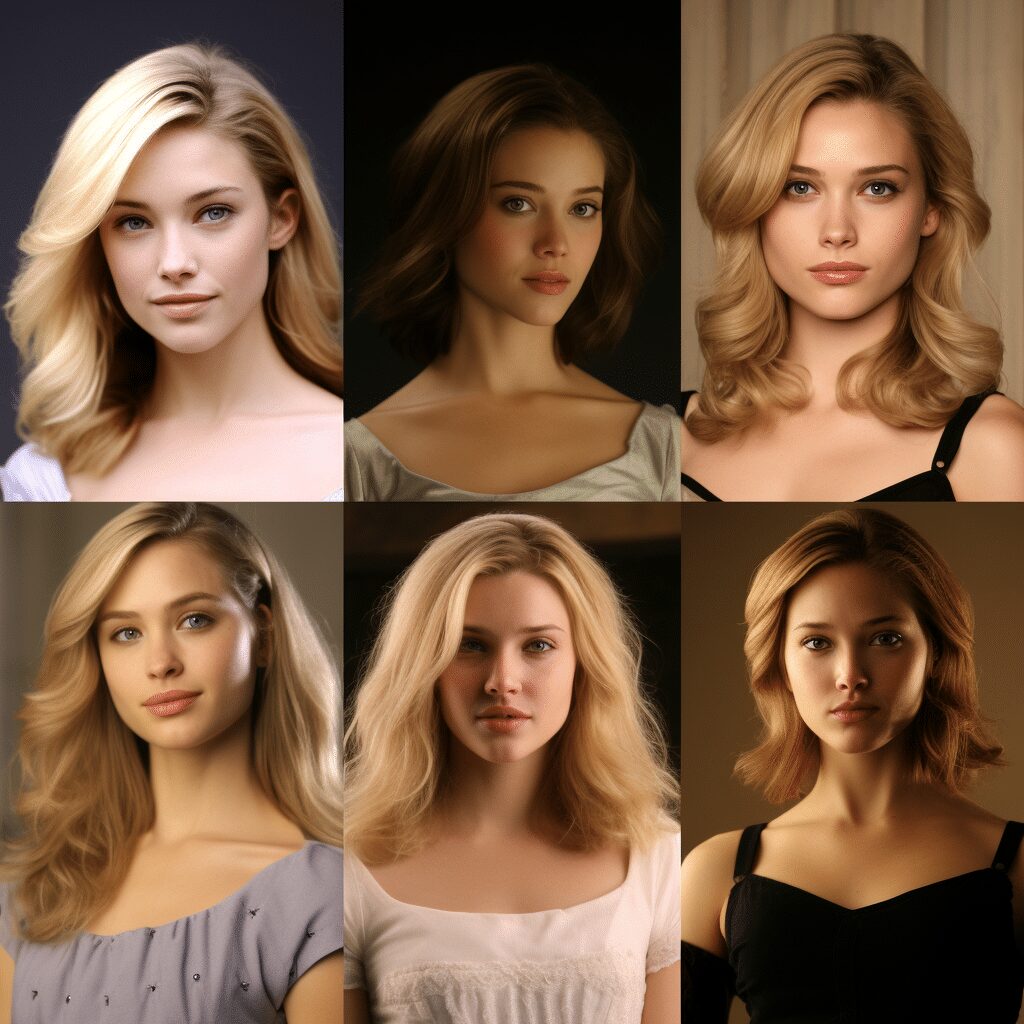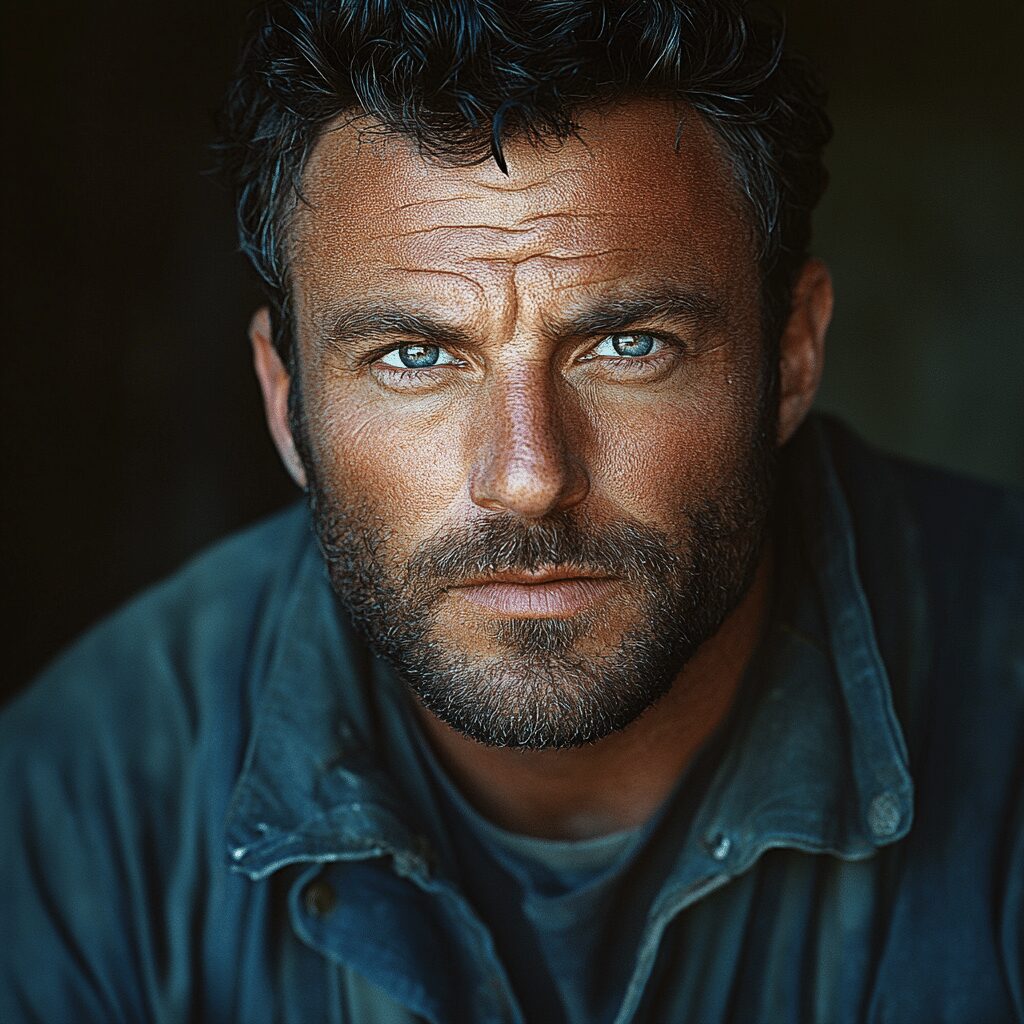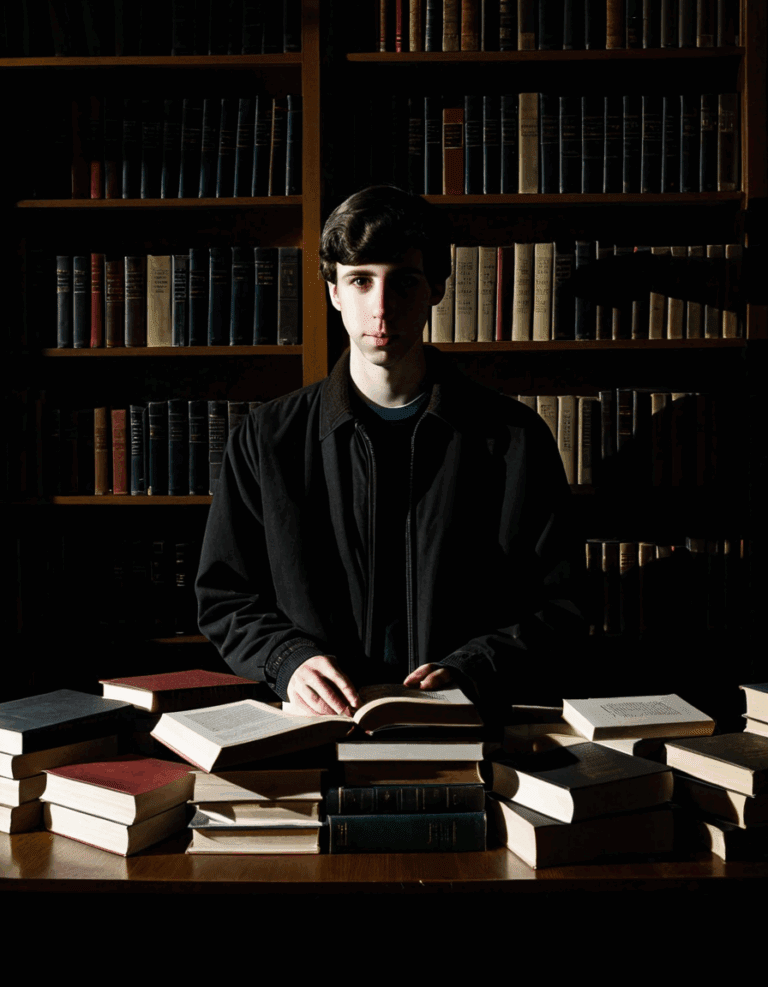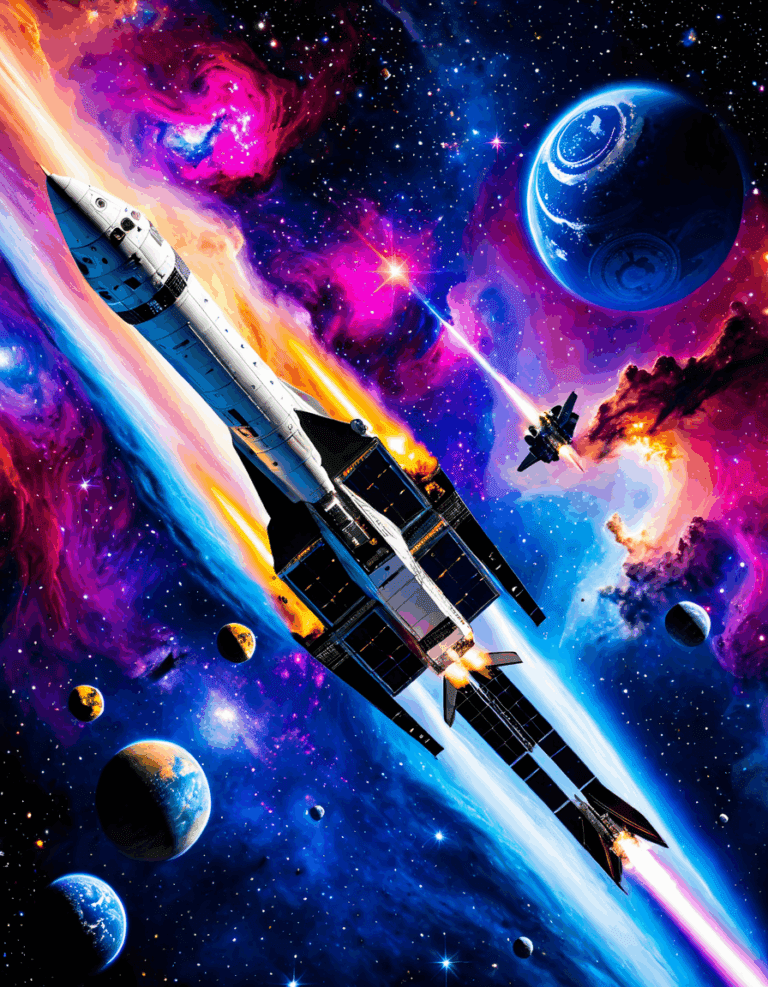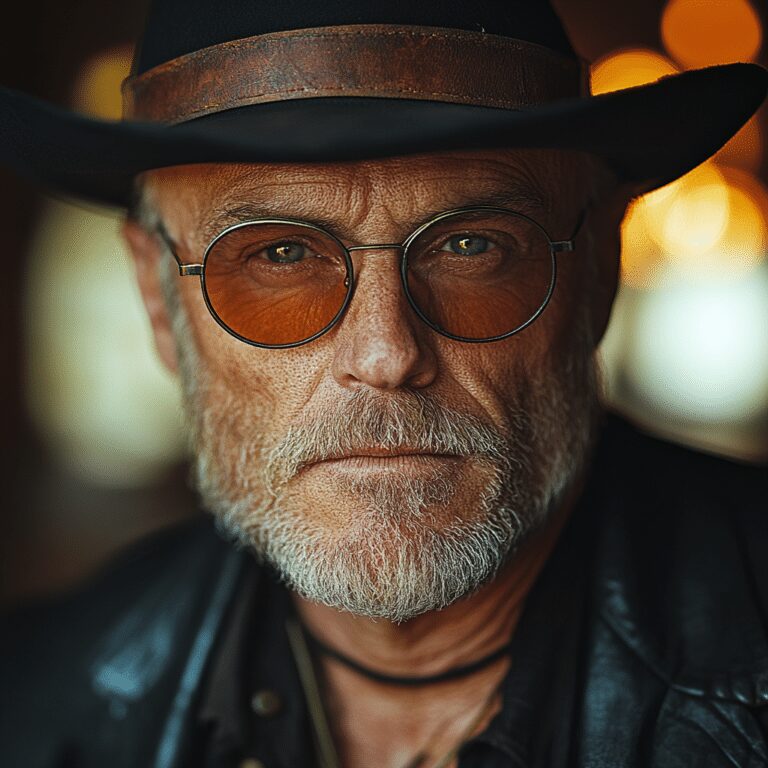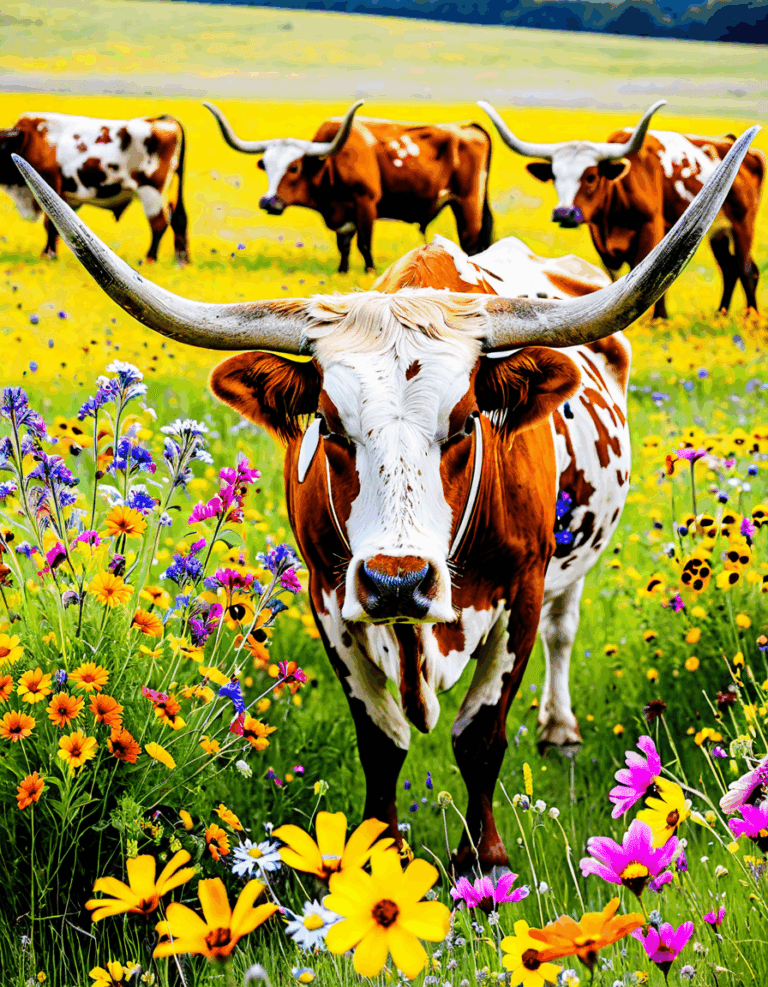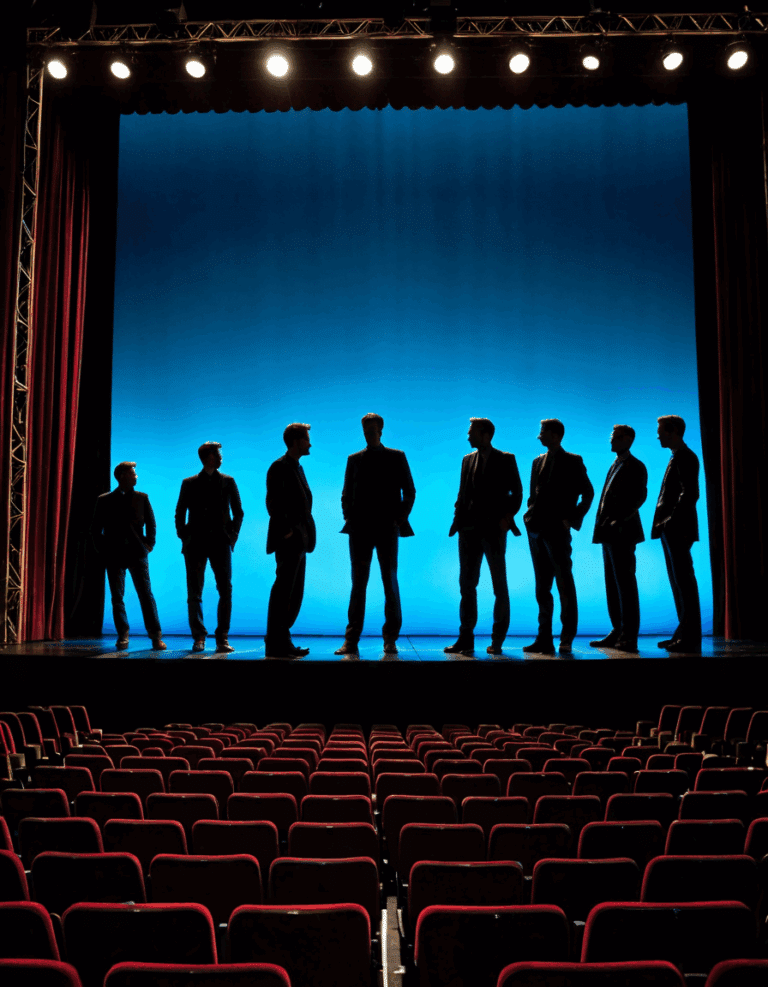In today’s fast-paced world, film continues to grab our attention, evolving in exciting new ways and embracing the power of visual storytelling like never before. From blockbuster hits breaking box office records to those delightful home movies that showcase everyday moments, filmmakers harness powerful visuals that draw us into their narratives. This deep dive into films that captivate audiences illustrates the intricate relationship between visual art and storytelling that keeps us coming back for more.
Visual storytelling is not just about the glitz and glam; it’s about how images, colors, and even silence can be used to tell a story that resonates on a deeper level. Audiences are no longer just passive viewers; they’re part of the filmmaking process, emotionally tied to the stunning visuals that unfold on-screen. Let’s explore some of the top films that not only showcase brilliant visuals but also elevate storytelling in a way that sticks with you long after the credits roll.
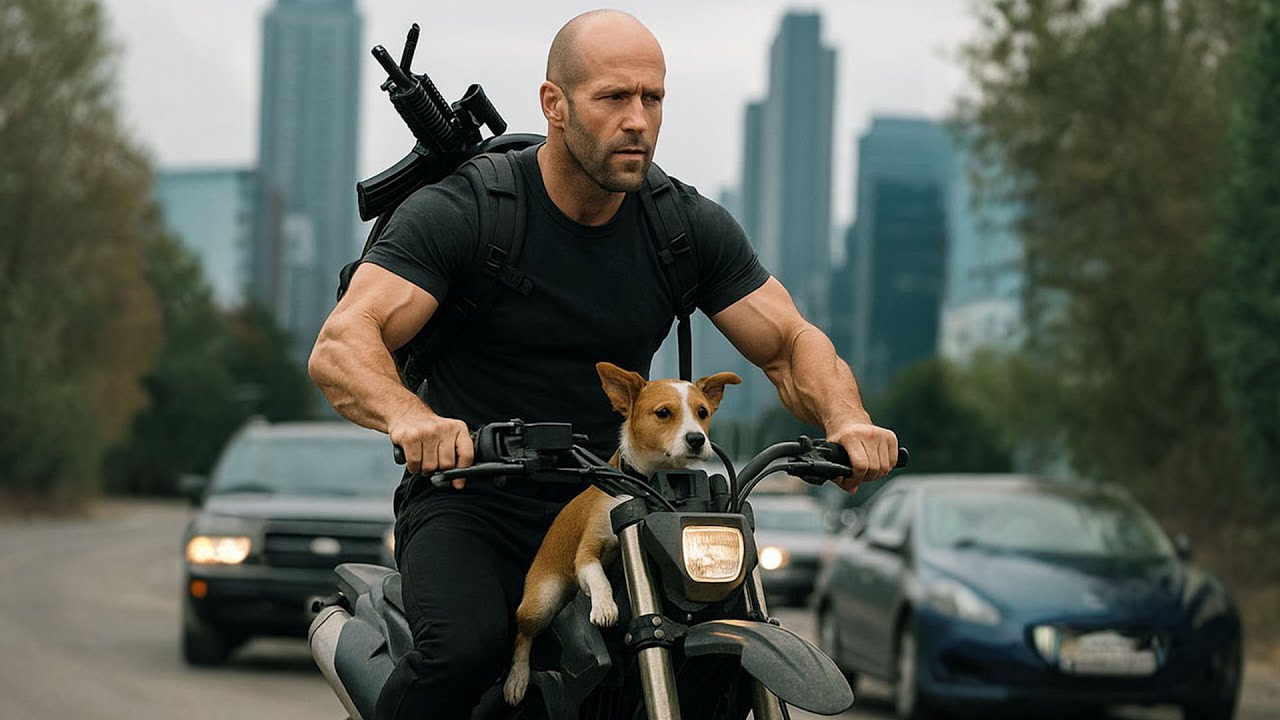
Top 5 Films that Elevate Visual Storytelling

1. Avatar: The Way of Water (2022)
James Cameron’s film “Avatar: The Way of Water” takes us on a breathtaking journey back to Pandora, this time plunging into its stunning underwater realms. The stunning visual effects, like those mesmerizing jellyfish scenes, wrap you in a world that feels oh-so-real, thanks to advanced motion-capture technology. The emotional depth fleshed out through characters like Jake and Neytiri only reinforces the message: when visuals and storytelling collide, they create something truly magical.
More than just a pretty movie, it teaches us how effective visuals can enhance emotional stakes. The stunning visuals may have your jaw hitting the floor, but it’s the interconnected relationships and struggles that push you to care. Whether you’re team Avatar or cheering for the na’vi, this film proves that visuals aren’t just an add-on; they’re a core element of storytelling.
2. Dune (2021)
In Denis Villeneuve’s adaptation of Frank Herbert’s “Dune,” we see how visual storytelling can articulate a world rich in lore and complexity. With its grand cinematography, “Dune” plunges us into a universe of political intrigue, giant sandworms, and a destiny that feels larger than life. The film’s distinctive visual style communicates its intricate themes without needing to spell everything out.
Imagine the stark desert landscapes intertwined with the power showcased through the House Atreides. The colors and light in each scene seem to whisper secrets about the characters’ struggles. This film artfully shows how a cinematic approach can tell a story, maximizing the impact of every frame.
3. Spider-Man: Into the Spider-Verse (2018)
“Spider-Man: Into the Spider-Verse” revolutionized animated storytelling by blending various animation styles to create something downright gorgeous. When you watch this film, it’s not just a superhero flick but an artful love letter to comic book culture. Just when you think you’ve seen it all, the movie delivers mind-bending visuals that define each Spider-Person’s universe.
The humor, clever writing, and stunning animation draw you in, showcasing how visuals can enhance a narrative full of heart. As Miles Morales swings through his world, chaos ensues—like the blend of colors that mirrors his journey. It cleverly proves that a good laugh can be found not just in words but in what our eyes see.
4. The Grand Budapest Hotel (2014)
Wes Anderson takes us to a whimsical world with “The Grand Budapest Hotel,” where every frame is a piece of art. The film’s meticulous visual composition and lively colors create an atmosphere that’s anything but ordinary. It’s designed so carefully that you can almost smell the pastries just by watching.
Anderson nails the quirky charm through his distinctive visual style, proving a film can be as much about visuals as its storyline. Despite its fanciful setting, the story’s themes of loyalty, love, and loss resonate deeply, engaging audiences at every turn. When it comes to Anderson, visuals are more than just pretty scenes—they form the backbone of his storytelling.
5. Everything Everywhere All at Once (2022)
Now here’s a film that took everyone by surprise! “Everything Everywhere All at Once” combines genres and styles into a mishmash of colors, emotions, and imaginative storytelling. This wild ride of a cinematic experience engages our senses with martial arts, sci-fi, and humor all in one breath.
This movie excels in fluid editing and inventive visual effects, illustrating its complex narrative around identity and family. It speaks volumes about our connection to others while navigating the dizzying worlds presented on-screen. This kind of authentic visual storytelling not only connects with audiences but also challenges us to reflect, something we all could use in today’s busy lives.
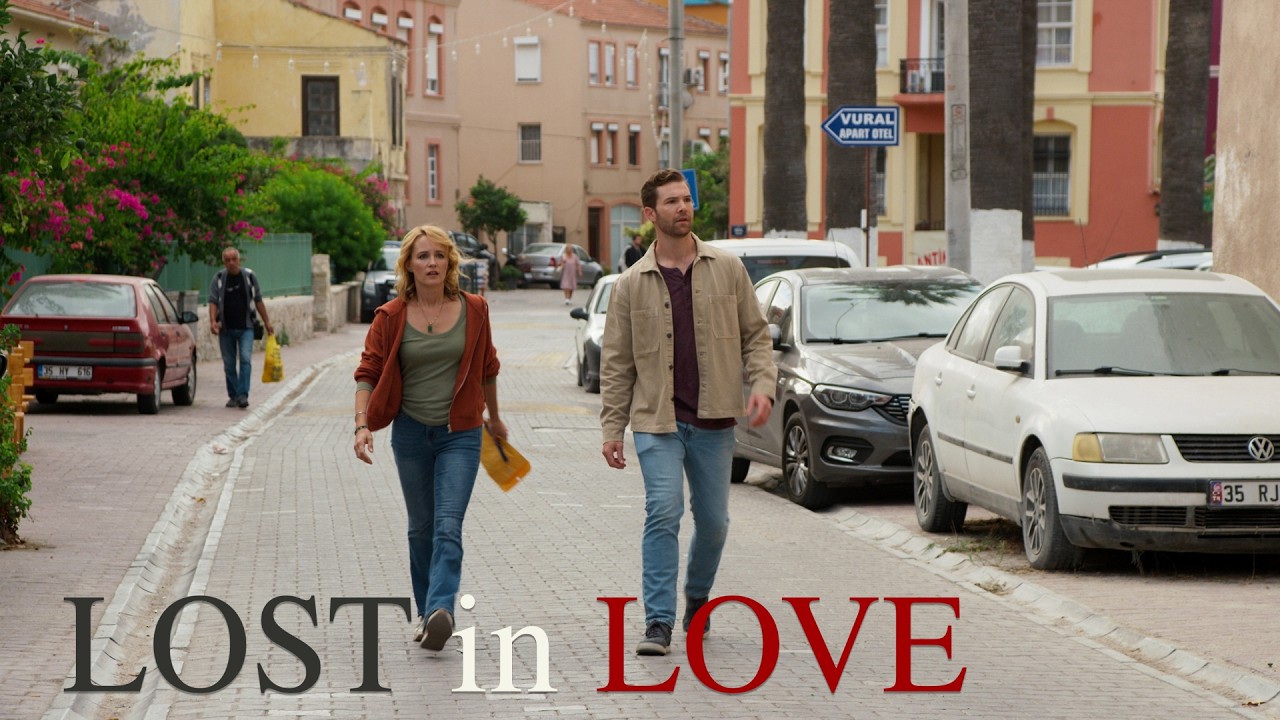
The Rise of Home Movies and Video Games in Visual Narratives
Let’s talk about home movies and how they’ve evolved. As technology bumps ahead, we’re watching storytelling blossom in rather unexpected ways. Platforms like YouTube and TikTok let users become creators, sharing their own personal sagas that echo those heartwarming times spent filming rearrangements in the living room.
Plus, with video games like “The Last of Us”, narrative and visuals blend together beautifully, bringing immersion and depth into gameplay. Players step into rich environments and experience character arcs that evoke genuine emotions, creating an experience comparable to that of a stellar film. This fusion demonstrates how storytelling transcends formats, showcasing visuals that can ignite our imaginations.
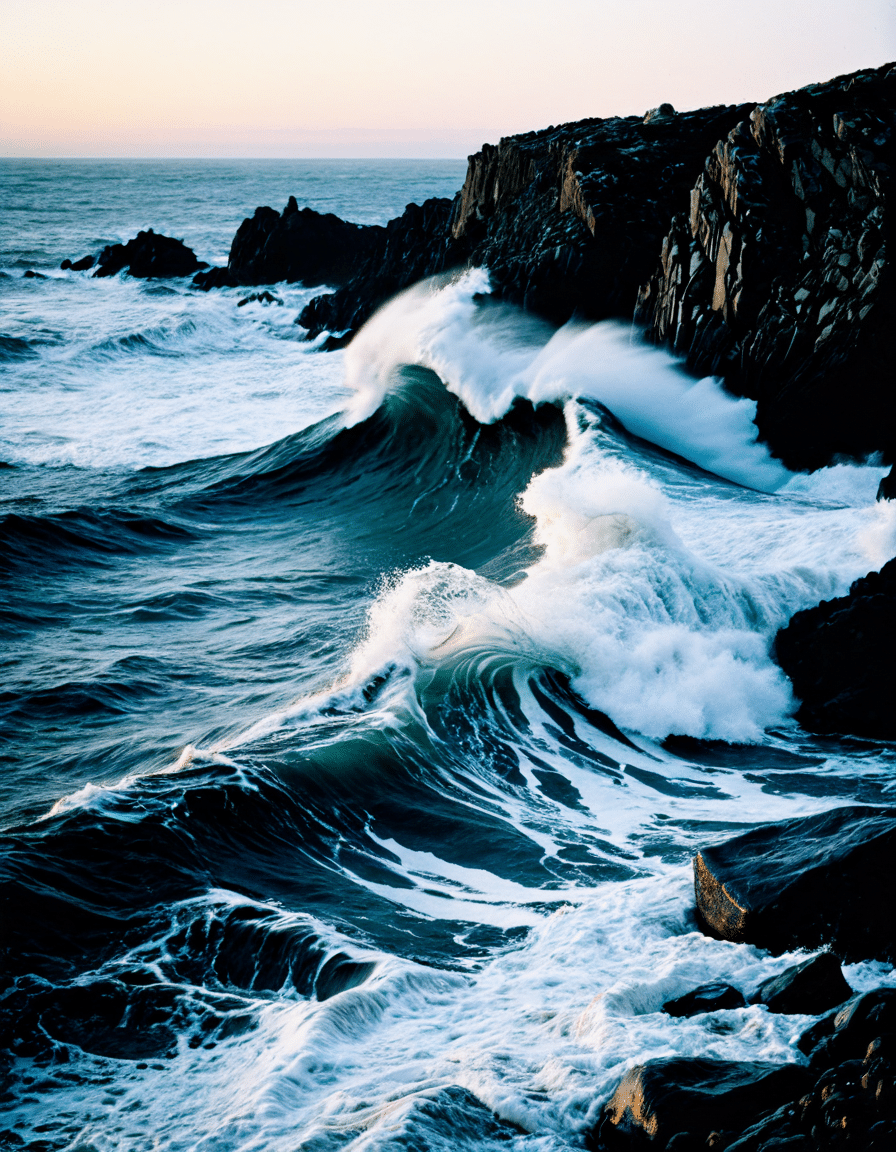
The Humorous Side: Funny Movies Redefining Visual Comedy
It’s important to remember, in this exploration of film, that not all captivating narratives are dark and dramatic. Funny movies have their own role, bringing laughter through visuals that invite us on ridiculous escapades. Take “Palm Springs,” for example. This creative movie tackles the time-loop concept while employing clever visual gags that keep us laughing.
In “Palm Springs,” the seamless mix of beautiful cinematography and a quirky narrative helps hook audiences in. After all, who doesn’t appreciate a good laugh? The uplifting visuals and comical situations show that humor, too, strengthens our connection to stories. From playful animations to outrageous slapstick, the visuals enhance our moods and add layers to the storytelling experience.
As the film industry adapts to audience expectations and technological advancements, captivating visuals continue to be crucial. The films we’ve discussed don’t just entertain; they drill into our hearts and hands, connecting us in fascinating ways. We’re witnessing a blossoming landscape of storytelling—whether it’s in theatrical releases, home movies, or video games. Through every frame, film finds a way to unite us in shared experiences and emotions that stay with us long after we step out of the theater. Grab your popcorn, folks; let’s see where storytelling takes us next!

Exploring the World of Film: Engaging Trivia and Fun Facts
Captivating Tidbits About Film
Did you know that one of the most visually striking films, Atonement, captured audiences with its stunning cinematography? This movie showcased how powerful storytelling can come alive through visuals alone. Similarly, the journey of film has been enriched by artists like Damian Marley, whose music often draws on cinematic influences. You can sense the rhythm of life in his craft, reminding us that storytelling threads through all art forms, including film.
Shifting gears a bit, there’s a buzz over Deion sanders jr making waves in the entertainment realm. His name often pops up in discussions about crossover talent, blending sports and film with an effortless flair. Watching the latest Movies in Theaters can transport viewers into new experiences, whether they’re diving into a heart-pounding thriller or a family-friendly adventure. Speaking of genres, the anxiety felt while experiencing suspenseful moments is an apprehensive thrill that many film enthusiasts live for.
Behind the Scenes of Iconic Films
The impact of film isn’t just in front of the camera; it rolls back to the creators behind the scenes. For instance, director Terrence Terrell is advocating for inclusivity in film-making, urging voices from diverse backgrounds to get their stories shared. The ability to weave narratives that reflect varied experiences enriches film culture. And if you think about heroes, who can forget Clayton Moore, famously known as the Lone Ranger? His portrayal brought iconic characters to audiences, cementing the magic of classic heroes in film history.
Last but certainly not least, the culinary world even joins in on the fun! Films have a special connection with food, leading to partnerships with brands like Just Bare chicken. Imagine a gripping film scene where characters bond over a shared meal! It’s these interesting intersections that keep audiences engaged, long after the credits roll. So, whether you find yourself grappling with a Roku not Responding To remote issue or getting lost in a fantasy world, the beauty of film lies in its ability to evoke a vast range of feelings.
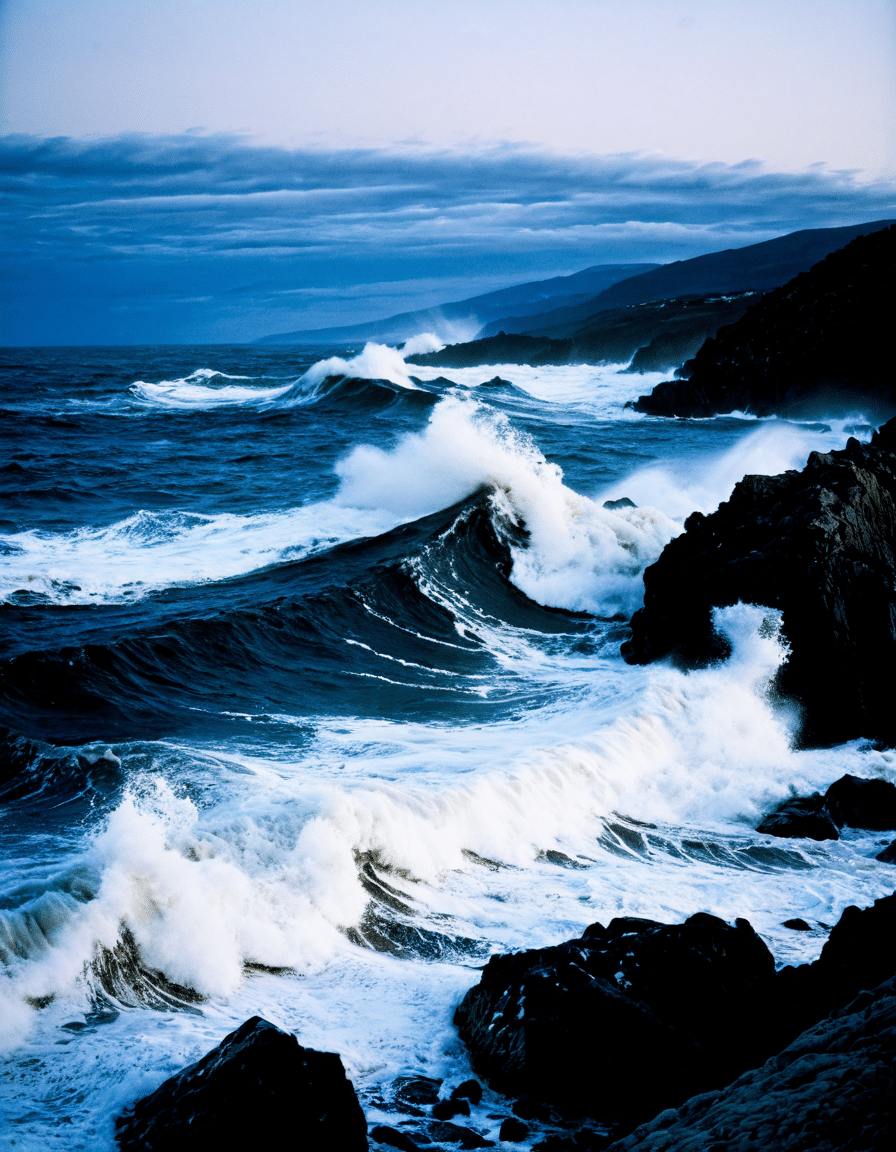
What is the full meaning of film?
Film is a form of entertainment that tells stories through moving images and sound, creating the illusion of continuous movement. It combines visuals and audio to evoke experiences and communicate ideas or emotions.
What is the top 1 movie in the world?
As of now, the top movie in the world can change depending on box office numbers and critics’ choices, but “Avatar” has often held that title due to its massive worldwide earnings and cultural impact.
What did film mean?
Film used to mean a thin layer or covering, but it evolved to refer to the medium that captures and projects moving images, allowing storytelling through visual art.
Does the film still exist?
Absolutely, film still exists and is thriving! Traditional formats like 35mm continue to be produced by major companies and independent brands, keeping the film culture alive and well.
What’s a film vs. movie?
The terms “film” and “movie” are often used interchangeably, but “film” is generally associated with artistic or serious works while “movie” often refers to lighter entertainment.
What are the four meanings of film?
There are four meanings of film: it can refer to the physical medium used to capture images, the art form itself, a particular movie, or the process of making a movie.
What is the #1 best movie ever?
Currently, many consider “The Godfather” or “Citizen Kane” to be the #1 best movie ever, depending on personal taste and critical acclaim.
What is the #1 movie on the planet?
When talking about the #1 movie on the planet, box office success often points to “Avatar,” which has topped charts globally due to its popularity.
Who is the world no. 1 movie star?
The title of world’s number one movie star can vary, but someone like Dwayne Johnson or Leonardo DiCaprio usually tops the list based on their star power and global recognition.
What is the first movie ever?
The first movie ever made is often credited to “Roundhay Garden Scene,” directed by Louis Le Prince in 1888, which is just a short clip but holds historic significance.
Is TV considered a film?
TV isn’t considered a film as it’s usually a series of episodes, but many films are made for television, blurring the lines a bit.
What is the oldest film industry in the world?
The oldest film industry in the world is widely acknowledged as Hollywood in the United States, which became the center of the filmmaking world in the early 20th century.
What does “s” mean on film?
The “s” on film typically refers to the “sensitivity” of the film, indicating how responsive the film is to light, affecting how images are captured.
What’s the longest movie to exist?
The longest movie currently known is “Logistics,” which runs for a whopping 857 hours, pushing the limits of what we consider a film.
Who invented the film?
Thomas Edison and the Lumière brothers played significant roles in the invention of film, experimenting with capturing and projecting moving images in the late 19th century.
What’s a stand-in for film?
A stand-in for film often includes a digital recording or video, which captures moving images but doesn’t use traditional film stock.
Why do people say film?
People say “film” because it evokes a sense of artistry and tradition that goes beyond just watching movies; it connects to the historical roots of the medium.
What is the meaning of flim?
“Flim” is a misspelling of “film,” with no real meaning in the context of movies, though the mistake can lead to confusion.
What is the message of a film?
The message of a film varies widely based on its content, but it often aims to evoke emotions, provoke thoughts, or reflect on life and human experiences.

